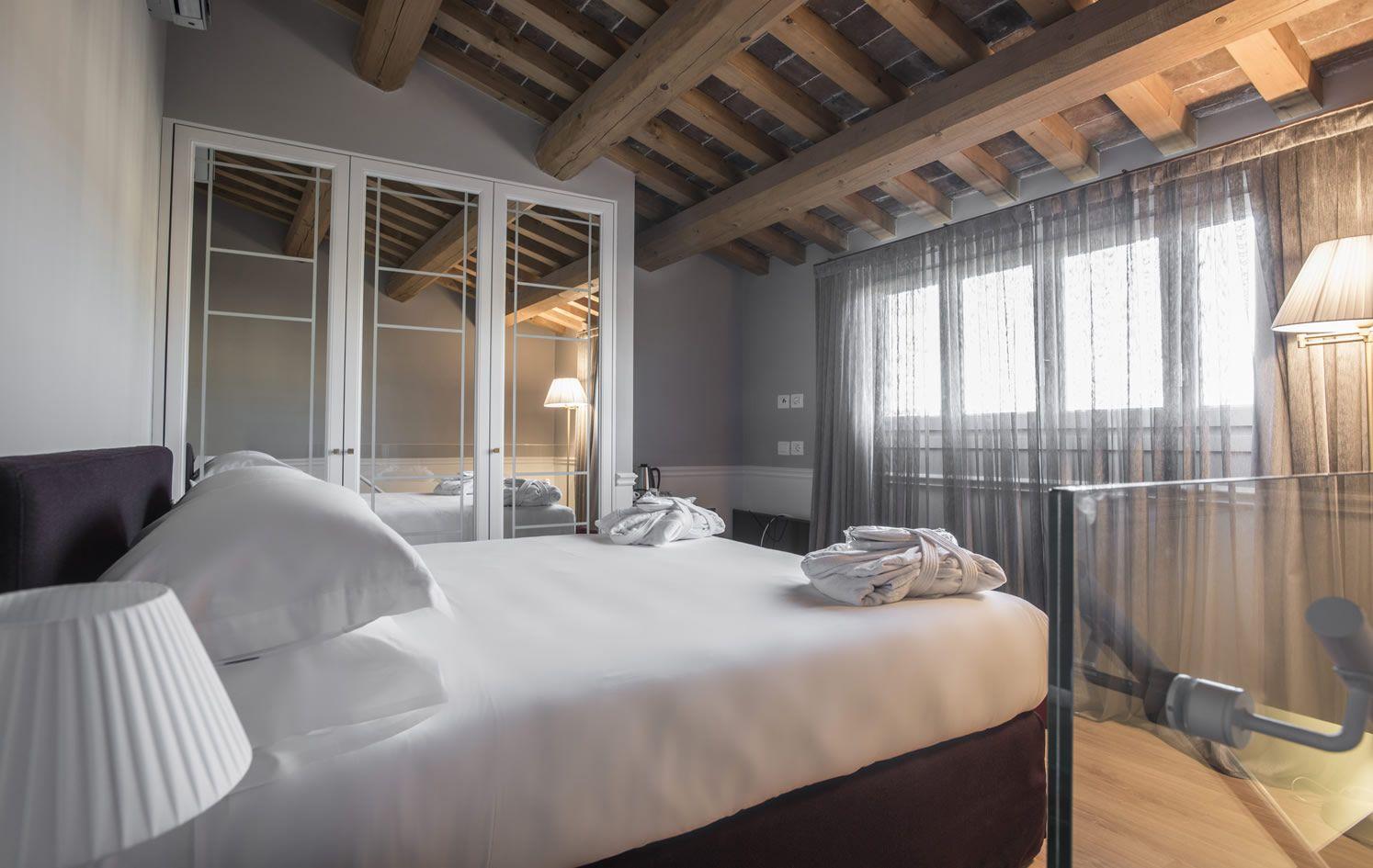When visiting a foreign city, especially for a few days, it is normal to get overwhelmed by that sort of frenzy of wanting to see everything: the churches, the monuments, the historic buildings. Dining in the city's most glamorous establishments, strolling through the most characteristic streets, but also getting to know the most authentic and original little facts that characterize the true essence of a place of art and culture.
In Florence, we sadly tell you in advance, it would not take you whole months to appreciate the wonder of the most hidden, "mysterious" and fascinating parts of the city...that's why we have created this fun monthly appointment, on our blog, in which we go together on the hunt for the most bizarre and curious phenomena that you can admire when you visit Florence.
A head...of stone:
Let's start here with a symbol and a legend. Not many of you, in fact, will know that on the facade of the Church of Santa Maria Maggiore, on the side of the very central Via de' Cerretani, sprouts a stone head that has been there since at least 1300 although no one has apparently ever been able to explain why. Whose head is represented? Legend has it that the "curse of Cecco d'Ascoli," a poet, philosopher and alchemist condemned to be burned at the stake, for heresy, by the Inquisition, was hurled at a woman who, from the window, asked people not to give drink, or help, to the man before he was burned in Piazza Santa Croce.
Cecco d'Ascoli, out of anger at that woman, apparently punished her by making sure that she never moved her head from where she was.
The story of the window...cursed:
And it is a woman again, this time in Palazzo Grifoni in Piazza della Santissima Annunziata, who is the protagonist of this story or legend, whatever you want to call it. Grieving over her husband's departure to war, she spent her days waiting for him to return, watching from the palace window. When the woman died, the owners of the palace closed the window, which was always half-open, but the paintings on the walls fell, the walls shook. Only with the window half-open did things return to their proper place. From then on, it was never closed again.
Michelangelo's importunate (as he is called by Florentines):
Another really locals' gem concerns a bas-relief carved directly on the facade of the Palazzo Vecchio. It would not, to follow the story well, be just any old work but precisely a trace left by the genius of Michelangelo Buonarroti himself.
In fact, one version of the story has it that the artist, in order to give peace to a man who used to bother him, "dedicated" this bas-relief to him, which was imprinted directly on the walls of the palace.
Although many believe it to be a self-portrait, there is also a version of this story that says the man depicted was actually a condemned man whose gaze, expressionem as he was about to be executed, struck Buonarroti enormously, and he therefore decided to immortalize him sitting there.
Did you know these stories? Now you can go in search of the most hidden secrets in the heart of ancient Florence. Who knows, maybe they are the same ones we will tell you in the next episode of this column.






![[Page Title]](https://www.palazzocastri.com/images/palazzocastri/blog/img/apr-24/pasqua.jpeg)
![[Page Title]](https://www.palazzocastri.com/images/palazzocastri/blog/img/mar-24/merenda_01.jpg)
![[Page Title]](https://www.palazzocastri.com/images/palazzocastri/blog/img/mar-24/spa-pc.jpg)
![[Page Title]](https://www.palazzocastri.com/images/palazzocastri/blog/img/feb-24/carnevale-viareggio-ok.jpg)
![[Page Title]](https://www.palazzocastri.com/images/palazzocastri/blog/img/gen-24/viaggiare-da-sole-a-firenze.png)
![[Page Title]](https://www.palazzocastri.com/images/palazzocastri/blog/img/gen-24/inverno-a-firenze.jpeg)






